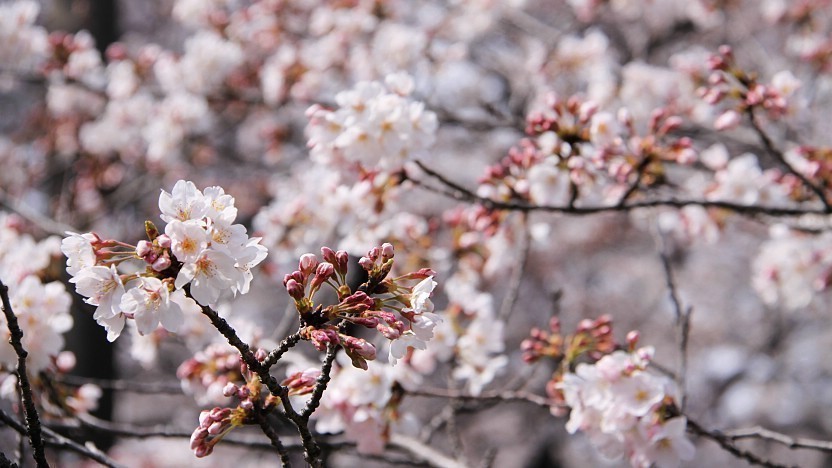
This picture of the Kamakura Daibutsu (Great Buddha) is from a Jodo-shu (Pure Land) temple.
Non-management: During my latest trip to Tokyo, or I guess it’s more accurate to say the Kanto, there were two kinds of Buddhist temples that struck out to me: Tendai and Zen. In many ways, the differences between the two temples are night and day: Zen temples are serene and Tendai temples are metal. That’s not to say that neither of these Buddhist denominations are lacking in grandiose buildings. Far from it, the most impressive temples I visited of these Buddhist orders, the Tendai Kita-in Temple in Saitama and the Zen Enkakuji Temple in Kamakura, boasted larger-than-life structures and sculptures placed down over vast tracts of land. They also charged me entrance fees, those cheap tonsured bastards… or is it me that’s being unreasonable? I imagine it costs a lot to maintain these massively historical properties, and following Meiji Restoration “reforms”, active temples could no longer count on estates of parishioners supporting their conditions and activities. While they probably don’t appreciate the occasional obnoxious party of tourists, the monks and laity at the bigger temples probably count themselves lucky their centers of worship are big tourist bonanzas, complete with nearby omiyage storefronts and sweet-smelling food stalls. The smaller temples of old probably struggled adapting to the changing age. But I digress.


